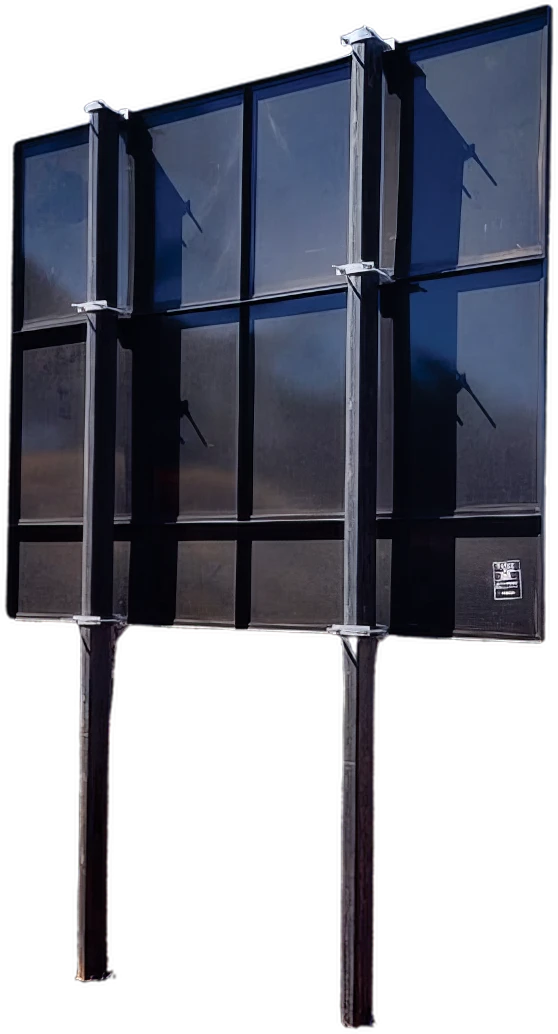
The implementation of the ABNT NBR 15486:2016 standard has marked a significant milestone in the evolution of road safety, particularly in the domain of vertical signaling on highways in Brazil.
This standard not only enhances the quality and effectiveness of road signs but integrates a comprehensive system designed to minimize traffic accidents.
A key component of this advanced road safety system is the incorporation of passive safety poles, including collapsible poles, which are engineered to offer maximum safety in the event of a collision.
SAFETY FIRST
A product that ensures physical and legal safety for your roads.
Understanding the certification of collapsible poles for road safety
The certification of collapsing poles like the EcoPoste, adhering to either European or American technical standards, involves a detailed classification system.
This system is crucial for ensuring that these passive safety devices meet specific criteria for speed impact, energy absorption, occupant safety, foundation type, collapse mode, direction class, and roof intrusion. Here’s a breakdown of the certification codes and what they signify:
- 100 – Projected Speed: This code specifies the speed limit for which the collapsible pole is certified. It includes classifications for 50 km/h, 70 km/h, or over 100 km/h, accommodating all speed classes.
- NE – Energy Absorption: This classification indicates the pole’s reaction to impact, with categories for high energy absorption (HE), low energy absorption (LE), or no energy absorption (NE).
- C – Occupant Safety Level: The safety level varies from “A” (the safest) to “E”, indicating the pole’s effectiveness in different impact scenarios.
- X – Foundation Type: This code refers to the base type of the passive safety pole, where “X” signifies that the foundation enhances the device’s collapsibility, as specified by the manufacturer.
- SE – Collapse Mode: This classification relates to how the device collapses upon impact, whether by shearing (“SE”) or deformation (“SD”), thus absorbing the kinetic energy from the collision.
- MD – Direction Class: It defines the impact direction the device can withstand, including one-way (“SD”), two-way (“BD”), or multidirectional (“MD”) impacts.
- 0 – Roof Intrusion: This code indicates that the collapsible pole does not cause any depression in the vehicle’s roof upon impact, with “0” meaning no sinking at all, and “1” means that even though there is some depression, the users are still safe in the impact.

The significance of collapsible
poles in enhancing road safety
The strategic implementation of passive safety poles and collapsible poles in vertical signaling systems on highways plays a pivotal role in reducing the severity of accidents. These poles are designed to mitigate the impact on vehicles and occupants, thereby enhancing the overall safety of roadways. The rigorous certification process ensures that these poles meet high standards of safety and performance, making them an essential component of modern road safety strategies.
The evolution of vertical signaling, underscored by the adoption of collapsing poles and the stringent certification criteria outlined by the ABNT NBR 15486:2016 and EN12767:2019 standards, represents a significant advancement in the pursuit of safer highways.
Through these innovations, road safety systems are not only more effective in preventing accidents but also in minimizing their consequences, thereby safeguarding both drivers and the environment.


5th Year of Quality System Audit by the European Community Commission
THE FIRST COMPANY IN THE WORLD TO DEVELOP A SUSTAINABLE PASSIVE SAFETY DEVICE.
